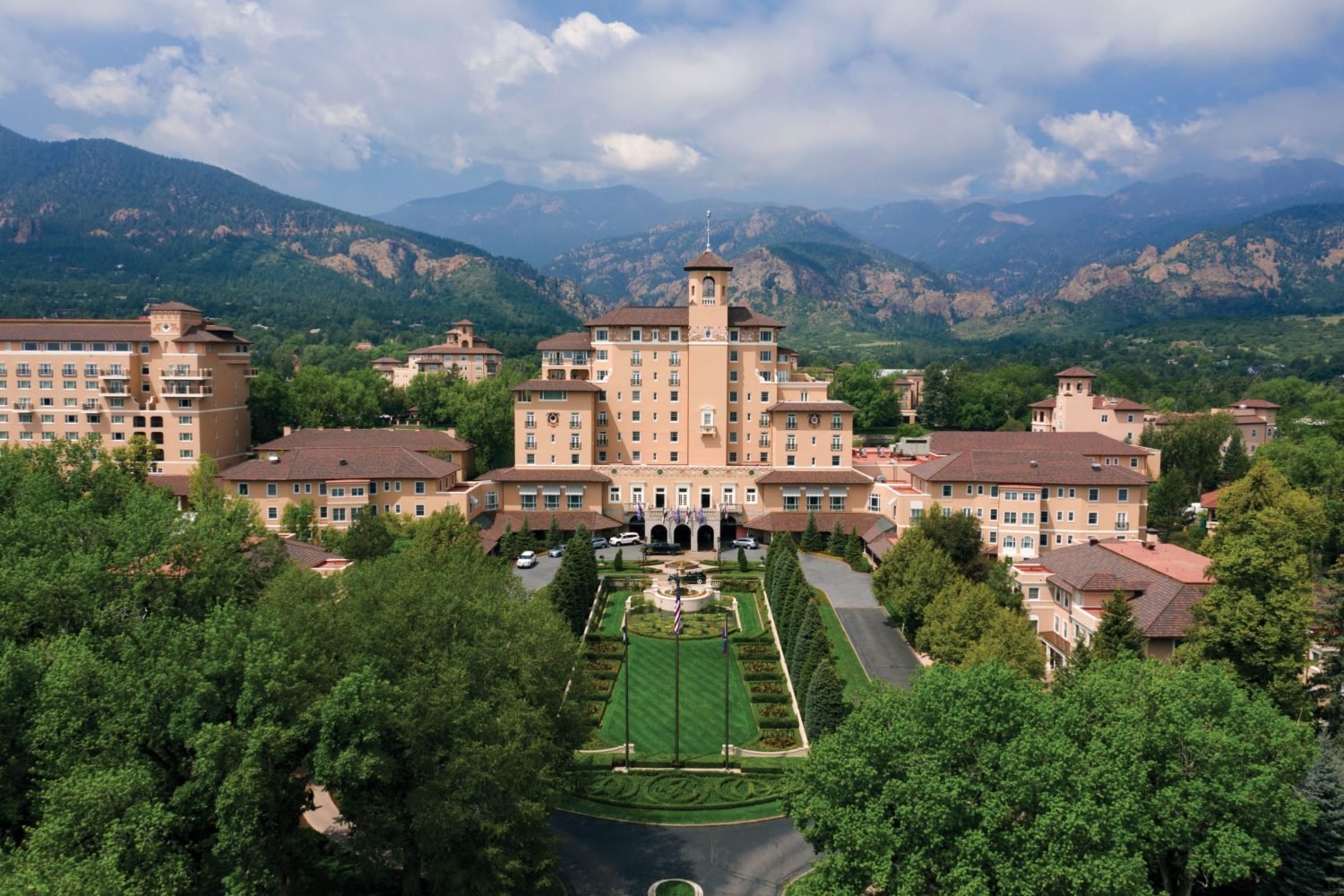Spring in Washington begins with the blooming of the magnificent cherry trees that line the Tidal Basin. It has been that way since 1912, when the people of Tokyo gave 3,000 cherry trees to the people of Washington. In the intervening years, Washington’s celebration has grown into a two-week festival highlighted by a parade, performances, and beauty queens known as Cherry Blossom Princesses.
In Japan, reverence for the fragile pink petals of the cherry trees (called sakura) goes back many centuries. Even the samurai warriors admired the flowers because, like many of the samurai, the blossoms fell and died while still in their prime. Today the trees are revered for their simple beauty—without brass bands and beauty queens.
The best place to see cherry trees in Japan is not Tokyo, a crowded city of nearly 12 million, but the ancient capital of Kyoto, known for its well-preserved temples, shrines, castles, gardens—and cherry trees.
Kyoto is best seen on foot. On a recent visit, I took two long walks in pursuit of cherry trees in bloom. Guidebook in hand, I took the Philosopher’s Walk, named for a Kyoto University professor’s daily constitutional, from the Nanzen-ji Zen temple along a cherry-tree-lined canal to the gardens of Ginkaku-ji, the Silver Pavilion. Along the way were private homes and gardens as well as temples and shrines, craft shops, and small cafes—noodle shops, mainly, serving soup made with udon and soba noodles.
The second walk was led by a professional guide, Hajime Hirooka, who claims his name in English is Johnnie Hillwalker, “not Johnnie Walker.” The pace was gentle, and Johnnie’s informative commentary was laced with wit. The five-hour walk—“not a shopping trip,” admonished Johnnie—meandered from the Kyoto train station to Higashi-honganji, the biggest Buddhist temple in Japan, then through the oldest part of Kyoto, once filled with geishas (a few remain) and now with craft shops, to the Shosei-en garden, a beautifully laid-out park.
Gardens are given as much attention as houses in Japan, if not more. There are four types. The “paradise” garden, considered a fitting place for Buddha, usually surrounds a temple. The dry-landscape garden, which also has religious overtones, is a place for contemplation and peace. Kyoto’s Ryoan-ji garden is a fine example: Rocks and boulders are embedded in a circle of grass that is surrounded by raked gravel. A stroll garden is for slow walks. A tea garden is the area that leads to a tea house used for the tea ceremony.
During Japan’s Golden Week—April 29 to May 5—there are several national holidays. Offices and schools close so everyone can spend time outdoors, appreciating nature. Parks often are so crowded that some Japanese send young employees to hold a place for them in the spot most advantageous for viewing and photographing the bloom-laden trees. It is a national obsession.
While peak season in Kyoto is mid-April to early May, the city remains popular with Japanese and overseas tourists all year.
Highlights include:
- Nijo Castle, whose many treasures including paintings of cherry trees done in the early 17th-century.
- Maruyama Park, filled with cherry trees (and tourists).
- Imperial Park, surrounding the Imperial Palace.
- The Gion district, best known for its geishas, some of whom still live in the area, and craft workshops.
- The Higashi Hongan-ji temple, the largest in Japan.
- Kyoto National Museum, repository of many treasures from the Imperial household.
- At the end of the day, a drink or meal at the Westin Miyako Kyoto, (www.westinmiyako-kyoto.com, 011-81-75-771-7111) will be a welcome rest for both feet and knees after a day of walking and climbing steps leading to temples.
Guides:
Few Westerners speak Japanese; few Japanese actually speak English. Many can read and write the language but, never having been trained in oral English, they are often at a loss for words. The reserve of the people and their shyness with foreigners can make touring difficult for non-Japanese. A good guide is a great advantage. I was lucky—I found two.
Michi Ogawa runs the Women’s Association of Kyoto (www.wakjapan.com; 011-81-75-212-9993 for English), which offers courses in tea ceremony, flower arranging, origami, and, for the brave, Japanese language. Arrangements can be made for guides, translators, and, with planning, a meal in a Japanese home. Prices range from $60 to $150 per course.
Hajime Hirooka (aka Johnnie Hillwalker) takes visitors on a five-hour walking tour of Kyoto, beginning at the railway station at 10:15 am. The price is about $18. In addition to having a dry wit, Johnnie is very knowledgeable about Kyoto’s history and culture. Time with him is well spent. For more information, visit web.kyoto-inet.or.jp/people/h-s-love.

















